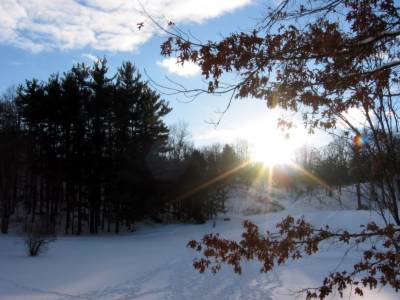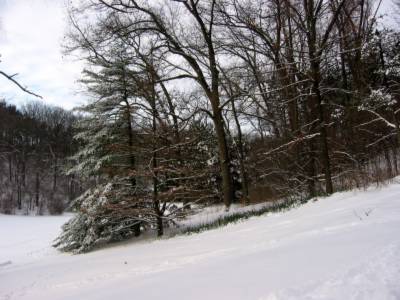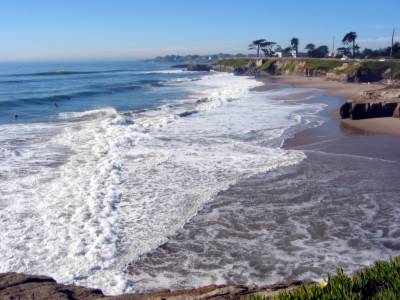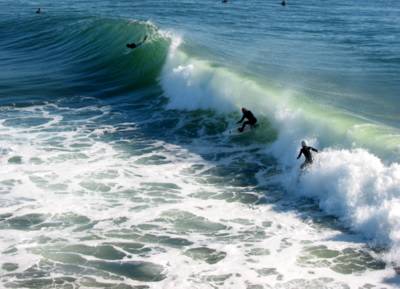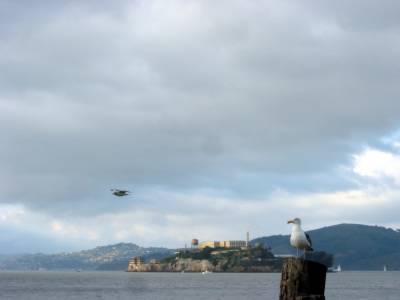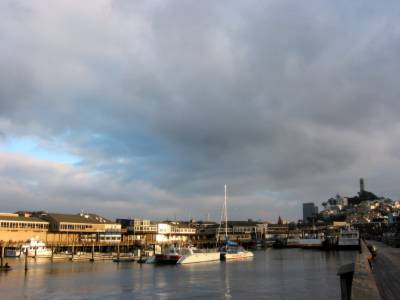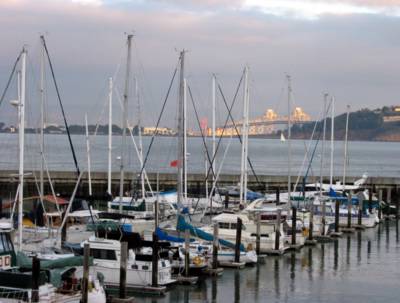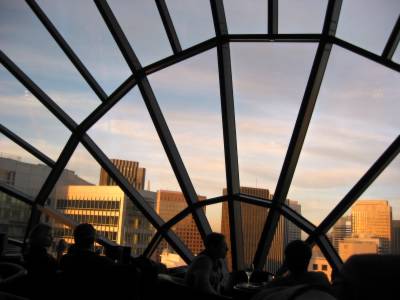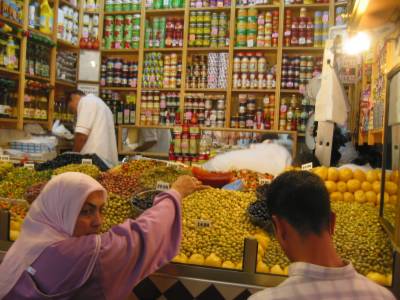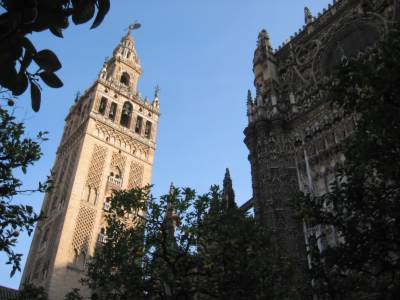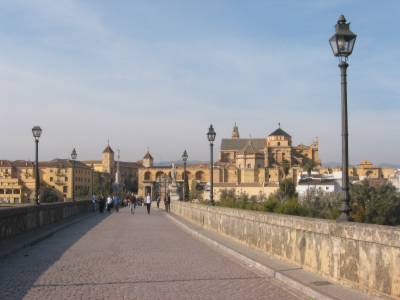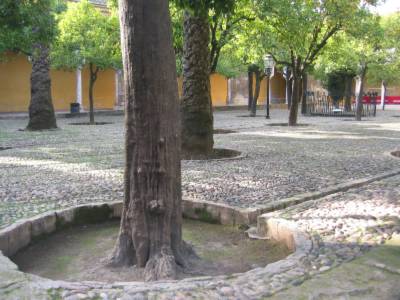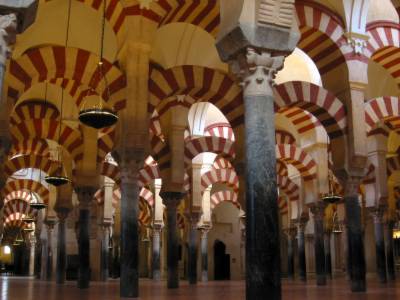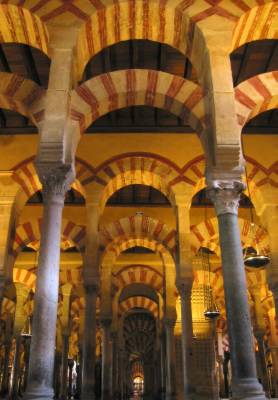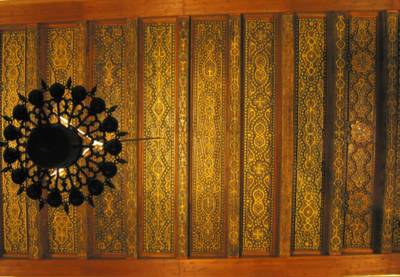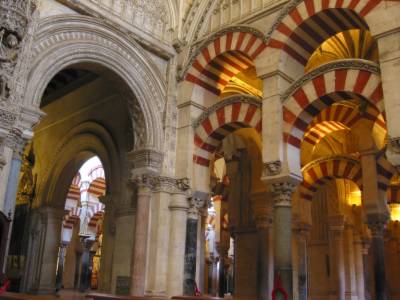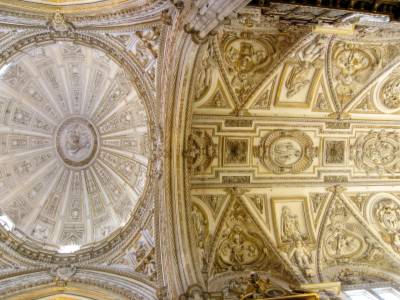Henry Ford Museum, Dearborn, Michigan.
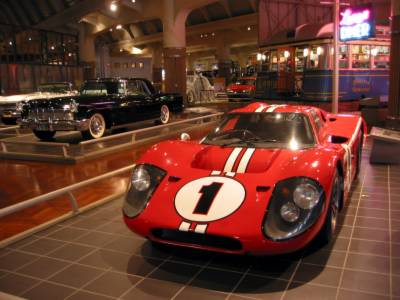
Ford Mark IV. In the early 1960s Ford Motor Company set out to win Europe’s most famous auto race, the 24-Hours of Le Mans. The goal was achieved in 1966. One year later this car made it two-in-a-row. Powered by a 7 liter, 500 horsepower engine, it beat the second place Ferrari by 32 miles. Legendary drivers Dan Gurney and A.J. Foyt shared the wheel to become the first, and to date only, American drivers to win the classic French race in an American car.
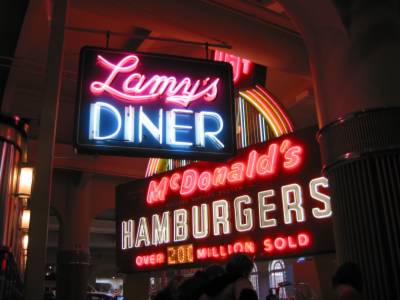
Henry Ford Museum. Lamy's Diner, opened in 1946 in Marlboro, Massachusetts, was a localized, family-owned business which specialized in feeding hungry travelers.

Henry Ford Museum. Lamy's Diner, opened in 1946 in Marlboro, Massachusetts, was a localized, family-owned business which specialized in feeding hungry travelers.
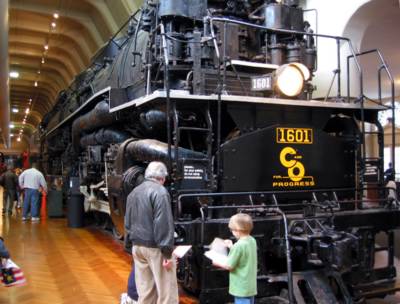
Allegheny Locomotive. Arguably the ultimate development of the steam locomotive - certainly one of the fullest expressions of steam power - this locomotive stands at the opposite end of reciprocating steam technology from the Newcomen and Watt engines in the museum's collections.
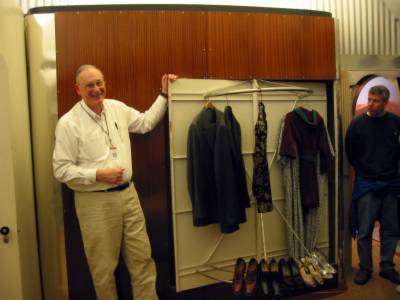
A guided tour to the Fuller's Dymaxion House in Henry Ford Museum. This aluminum house is horrible! Haha.
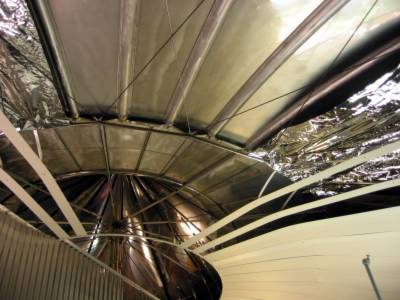
R. Buckminster Fuller's Dymaxion House, the only surviving prototype. Henry Ford Museum, Detroit.
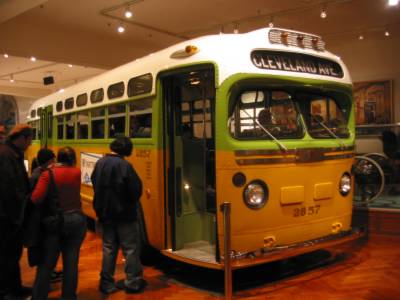
The Rosa Parks Bus. On December 1, 1955, Rosa Parks boarded this Montgomery City bus to go home from work. On this bus on that day, she initiated a new era in the American quest for freedom and equality.
